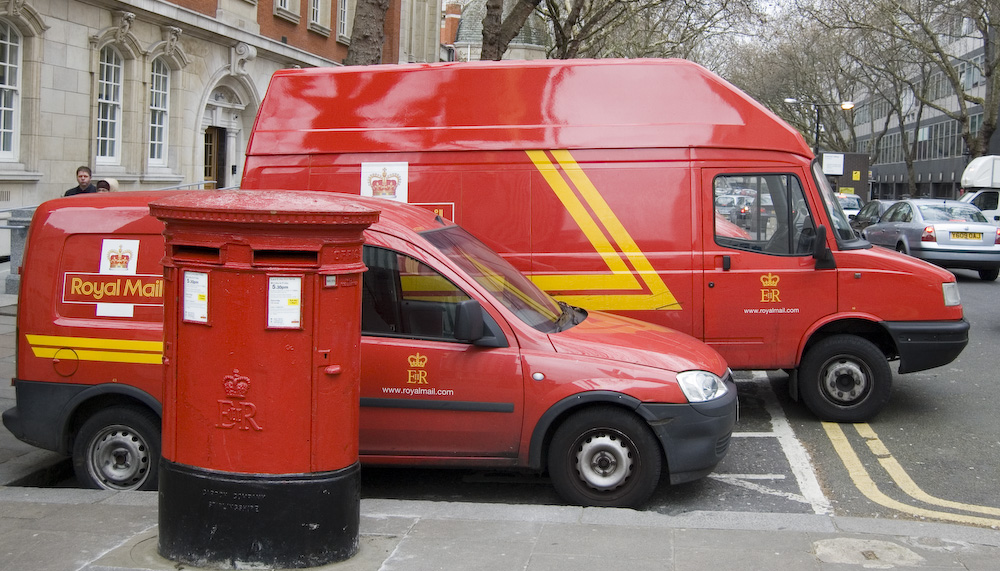Online shopping is quick, easy and convenient. Yet delivering an ever-increasing number of parcels across the city threatens to cripple London’s transport network.
London is suffocating from too much road traffic. A major cause is the explosion in parcel deliveries. There are potential solutions emerging, but to embrace them we need a leap in imagination and determined leadership and coordination.
Once upon a time, we went to the shops and bought stuff. On the way we probably passed a letter box, and perhaps dropped in a letter. Flowing the other way, postal workers walked door-to-door to deliver letters and the occasional parcel.
Email and other digital tools have all but eliminated personal letters. In contrast though, parcel deliveries have multiplied. The shift to online shopping that has driven this had been gradual, and then, from March last year, this change was turbocharged.
Now, we are much more likely to buy stuff online. We browse and click, and thanks to the twin miracles of internet technology and business ingenuity, someone from an anonymous firm arrives, sometimes even the next day, and leaves a package on your doorstep. Individually, this is genius. Collectively though, it is becoming madness. We order so much stuff online that the impact on our transport network is threatening to cripple London.
Compared with 25 years ago, vans in London now clock up 54% more miles. Last year around 450 million packages will have been delivered in London. That’s about one per week for every Londoner. Coronavirus has pushed this up by around 35%. Industry insiders report that leading firms have been on a constant ‘Christmas footing’ since April last year. One leading firm was looking to hire 3,500 new drivers. Royal Mail apparently doubled its usual Christmas staffing. Overall, this has meant something like 15,000 more cars and vans in London’s neighborhoods, clogging up already over-busy roads. They fight every day to deliver to the 3.5 million addresses in London. By 2030 this could easily rise to one billion parcels, or two per week for each and every London soul. Without radical action this is utterly unsustainable.
So, what could be done? Retailers already offer popular click-and-collect options. There’s a ready network of collection points in newsagents and local shops, as well as the Royal Mail depots to which some still plod to collect parcels. But some in the industry are forging new ideas: better coordination across retailers and carriers, and offering consumers more, greener choices.
Cross-industry collaboration could deliver both efficiencies for delivery firms (carriers), benefits for the consumer and, crucially, tackle congestion head on. One answer, as advocated by the likes of Delivering London, is microhubs. Here, carriers could deliver parcels which would then either be consolidated into more efficient last-mile distribution across firms, transferred to onward micro-vehicles like cargo bikes, or be picked up in person. These hubs might need to be as common as post boxes, around one within 250m of every home. If implemented comprehensively this could reduce the delivery destinations from 3.5 million, to around 12,000. Firms are already testing the consumer angle: would people opt for pickups over delivery if the option were well marketed? A major survey indicates over two thirds of us say we would. In an early trial in France some 30% or so opt straight away for greener delivery options.
There are lessons here too, perhaps, for those rethinking how we finance transport in London. Maybe we should be moving toward greener taxes on things like doorstep deliveries, or road use more generally (as advocated in our Green Light report), instead of pushing up the prices of things we’d like to see more of, like tube travel. Could a parcel delivery tax be the next big revenue earner for London?
Vehicle congestion blights everyone, as does the pollution it spews, so almost any scheme to reduce car and van journeys bears examination. Plus, a big push towards coordination and collection points could help directly raise Londoners’ activity levels, with many knock-on health and social benefits. And this all fits neatly with other traffic reduction measures. Surely then it’s time to accept our acquisitive impulses, but also embrace imaginative ways to get us all outside and walking, cycling or scooting to collect our packages of consumer delight. We might even meet a postal worker on the way.
We’ll be kickstarting a new research project looking at a smarter and more sustainable approach to freight and deliveries. If you’d like to contribute to this project, please contact Rob Whitehead.
This article was originally published here https://www.centreforlondon.org/blog/parcel-delivery-freight/


